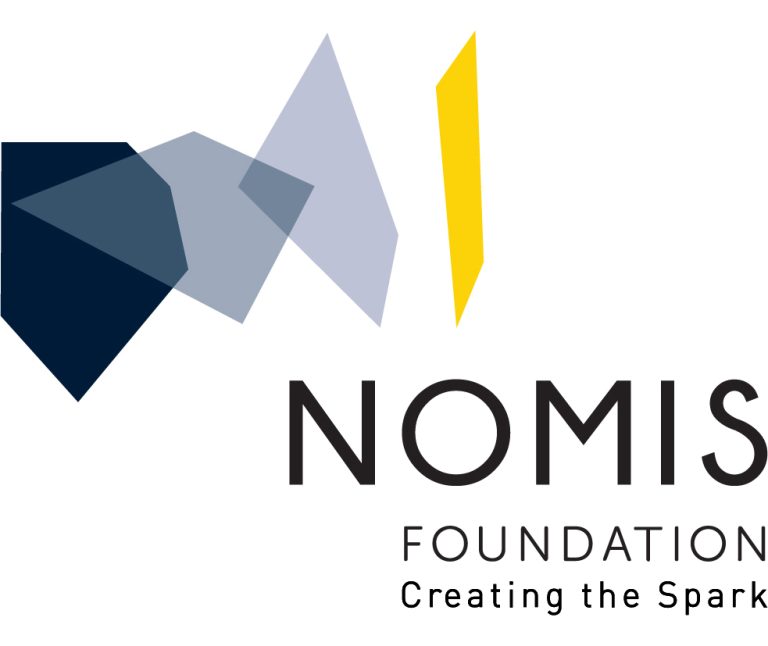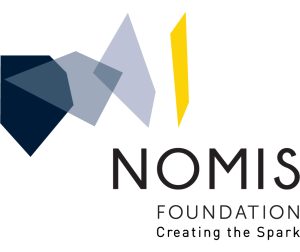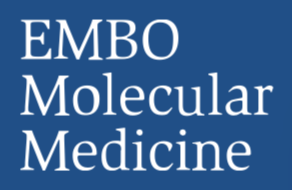Competition for social influence is a major force shaping societies, from baboons guiding their troop in different directions, to politicians competing for voters, to influencers competing for attention on social media. Social influence is invariably a competitive exercise with multiple influencers competing for it. We study which strategy maximizes social influence under competition. Applying game theory to a scenario where two advisers compete for the attention of a client, we find that the rational solution for advisers is to communicate truthfully when favored by the client, but to lie when ignored. Across seven pre-registered studies, testing 802 participants, such a strategic adviser consistently outcompeted an honest adviser. Strategic dishonesty outperformed truth-telling in swaying individual voters, the majority vote in anonymously voting groups, and the consensus vote in communicating groups. Our findings help explain the success of political movements that thrive on disinformation, and vocal underdog politicians with no credible program.










